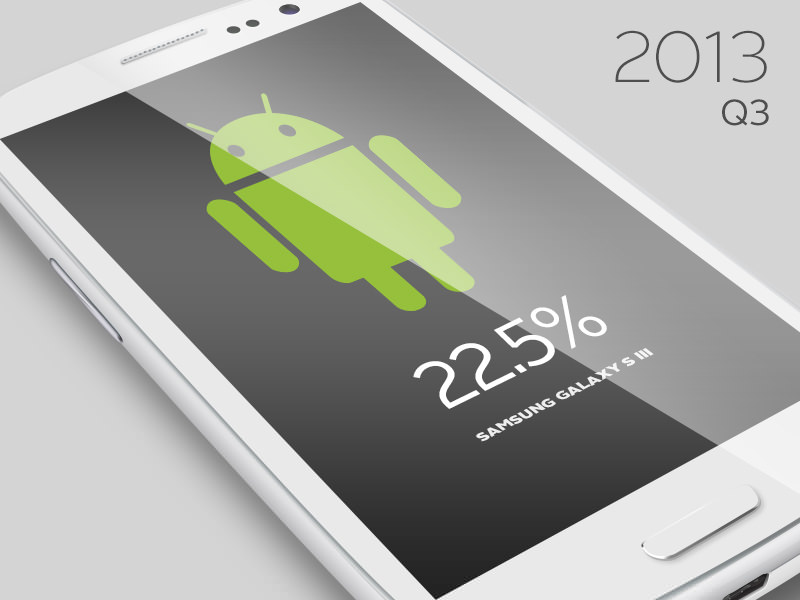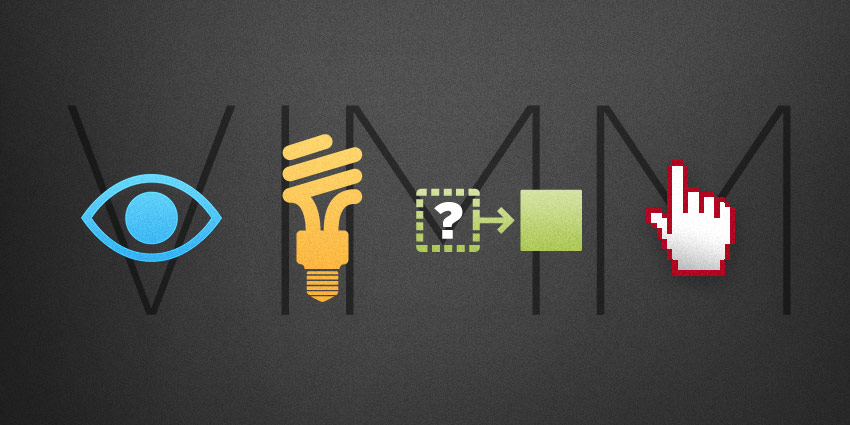How “Digital” is Each Generation?
Our primary focus at Hanson is user-centered design, and we’re always looking to deeply understand the very specific users and their needs before creating any brand experience. But it’s also useful periodically to take a look at broad audiences in general, and consider how their social characteristics and attitudes might shape their relationship to technology.
When it comes to understanding any target audience today, let’s clear up one thing right off: they’re online somewhere. According to data released in August by the Pew Internet & American Life Project, regardless of age, gender, ethnicity, education level, economic status, or urbanity, 72% of Americans are active on social networking sites. This also means it’s logical to conclude that everyone uses the internet – not just young people, but the oldest among us and everyone in between. Over time, in developing personas and scenarios of use, we even think on how people’s use of technology changes, along with the world around them – and while it’s likely that the poorest among us are not as active, there really isn’t much else separating people from their devices.
Before developing a more finely-tuned understanding of any given user group’s relationship to the digital space, I like to first think about them by broad age groups – because each group not only has experienced life a little more or less, they also have lived during a time where their encounter with traditional and digital media and technology has shaped the way they consume and make use of information.
I break these audiences down into three general categories, simply because researchers and marketers still seem to love to put people in these buckets, and that lets me combine research:
- Gen Y / Millennials (ages 23-36)
- Gen X (37-48)
- Boomers & Seniors (49-67+)
So, here’s how I think about each group today; my thoughts are compiled from a wide variety of research sources and personal observations.
Gen Y / Millennial Consumers
If I were to give this generation a theme, it might be: Let’s try new things (that matter).
Many millennials have little income (about 45% of 18-29 year-olds have full-time jobs). Many have found it sensible to move back in with parents (or never moved out). This is a highly social time for them – they have a lot of friends and are seeking out many different experiences. And they’ve never been without digital devices; in fact, they’re more likely to be second screen users (multiple devices at a time).
Because digital activities are interwoven into their everyday experiences, to get their attention, brands need to be active in all social spaces. This is becoming true of all generations, but especially this one. They’re drawn to products and services with a story, brands that are making a difference – like Toms, the shoe company that gives away a pair of shoes for every pair purchased, or Warby Parker, who does the same with eyeglasses, and is a certified B corporation. And word-of-mouth endorsements from friends are not only highly valued, they are probably a must. Luckily this generation loves to share.
Gen X Consumers
As we move into an older audience, we might say the theme of Gen X consumers is: Make good choices.
Unlike most millennials, people in this age group have their own households, often supporting children and parents – so they’re making practical decisions not just for themselves but for their whole families. They’re comfortable online and know how to research. In fact, a primary motivation in using the internet is finding information to help them make important decisions.
How do you get their attention? Remember that they’re engaged in practical buying – so make sure you have clear facts available to them. Because of what’s going on in their lives, you might say that this generation has fewer friends than the millennials do. So in addition to asking their friends, they’re looking for recommendations by peers and other like-minded people to provide social signals about products and services. They’re the ones reading the blogs, topical forums, and comparing ratings and reviews on Amazon and any other site that sells what they are looking for. So brands need to be well-represented in these spaces.
Boomers & Senior Consumers
My theme for this audience? We’ll be here awhile.
The trend with this age group is a growing focus on vitality over acting young. These days, they want to experience life, not acquire things. And most are trying to save, with less luxury spending than we’ve seen in the past. There’s a great percentage of people who expect never to retire – think about that!
They’re comfortable online – in fact they actually now spend more time online than they do with TV, radio, or magazines and newspapers. But they expect companies to be reputable, because they’ve learned from a lifetime of experience to be cautious. To get their attention, brands need to make online purchases easy and straightforward. They want you to tell them how to get, install and use your products – before they commit to purchase. And they’re looking for strong signals of trust like warranties, returns, and repairs. Think of L.L.Bean as an example – on their website they tout “100% Guaranteed” and “your satisfaction doesn’t have a time limit” with sub pages of details and video testimonials.
So, before you get into the character of your brand’s target users, reflect on how they are motivated by life’s experiences and how they approach technology in general. And don’t forget that while different generations are using the internet differently – it doesn’t matter who you are, where you’re from, or how old you are – the truth is that when it comes to digital devices and platforms, pretty much everyone is using everything, everywhere.





